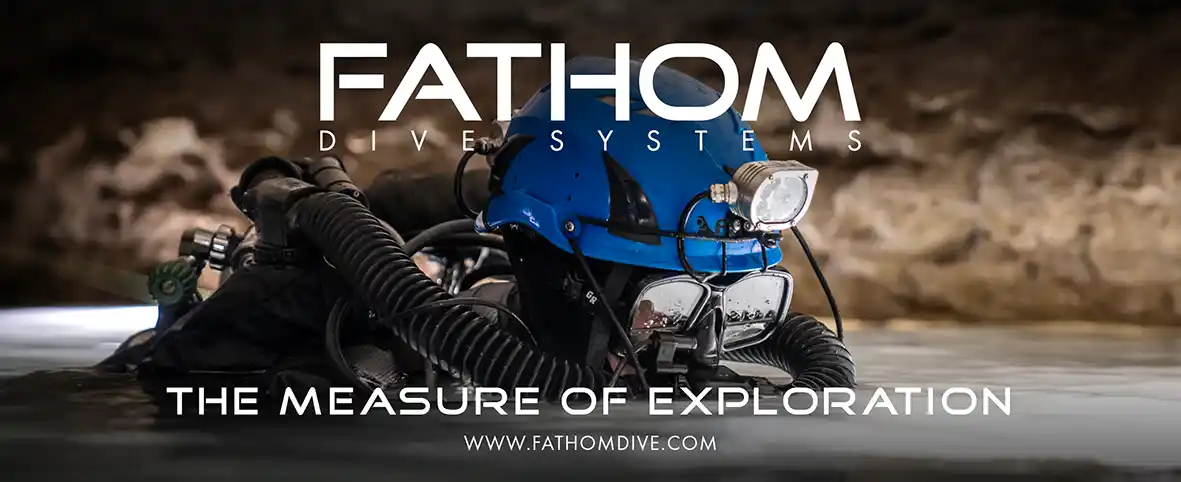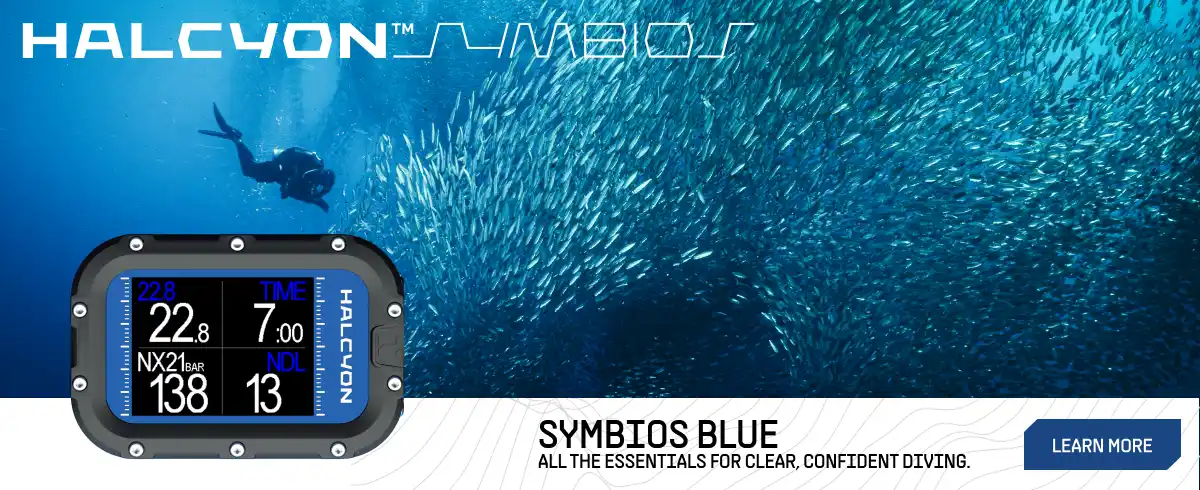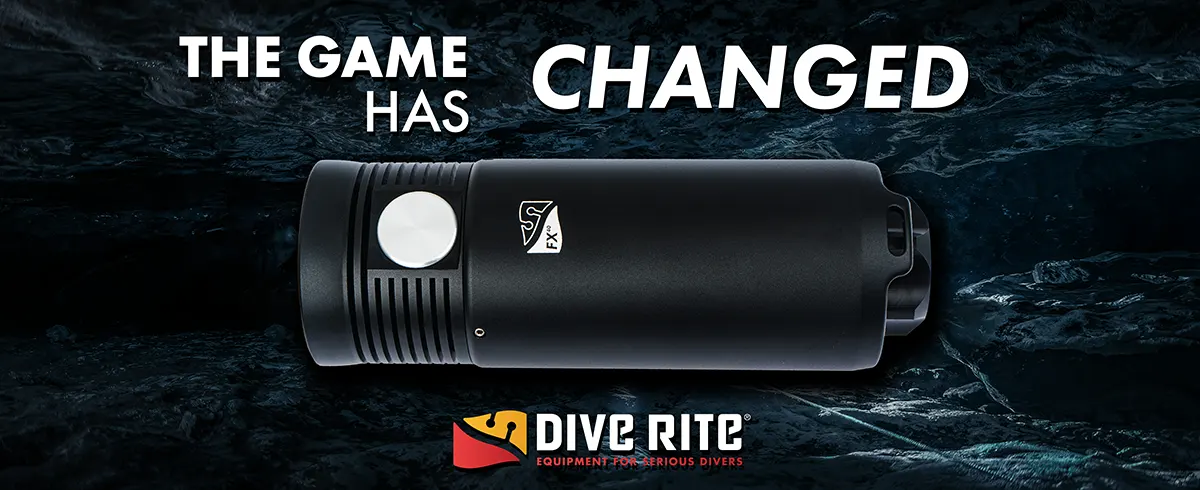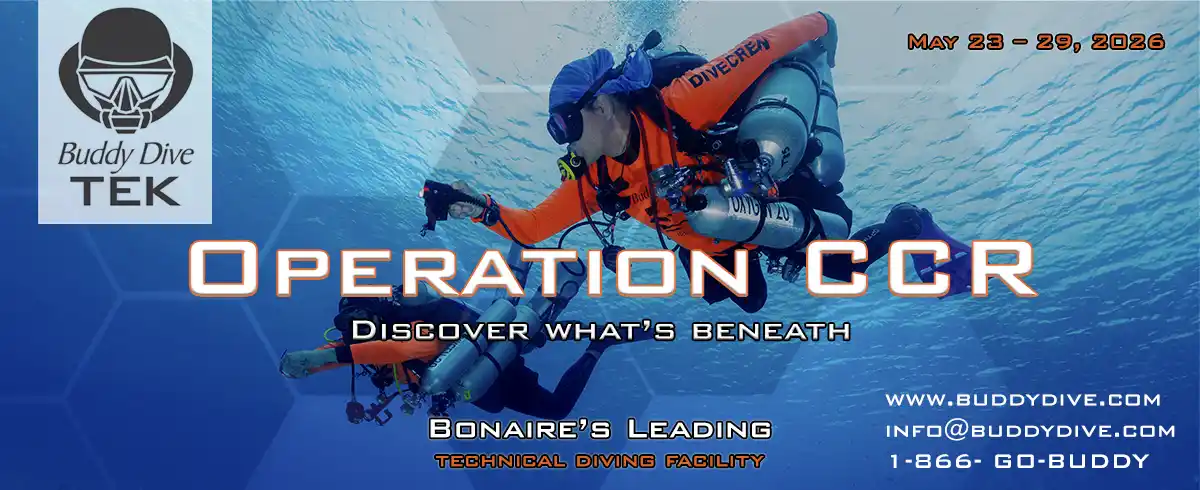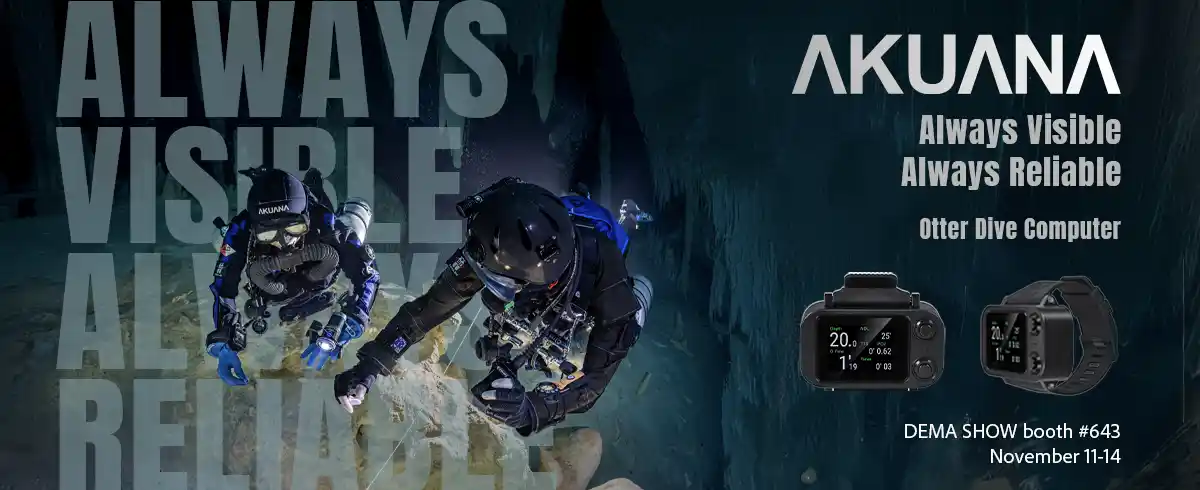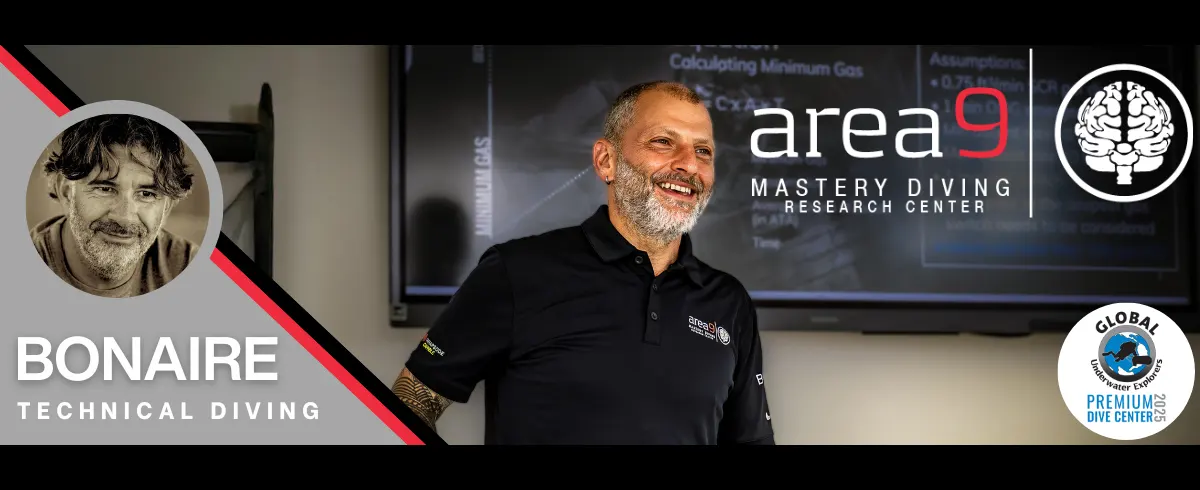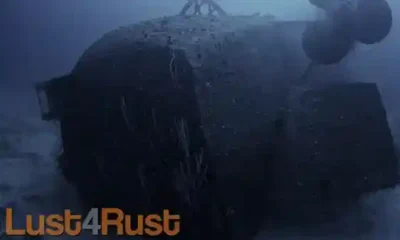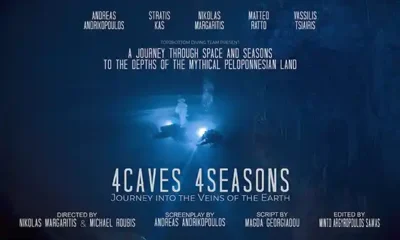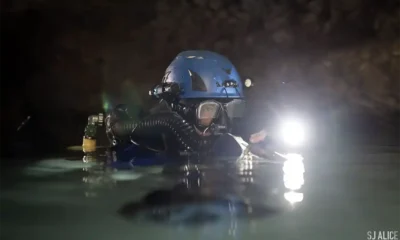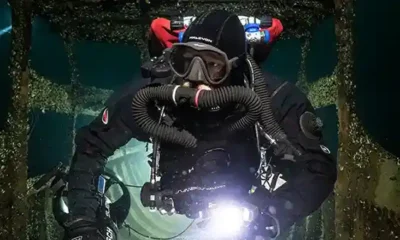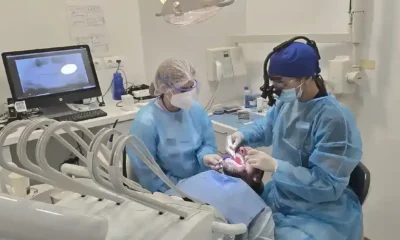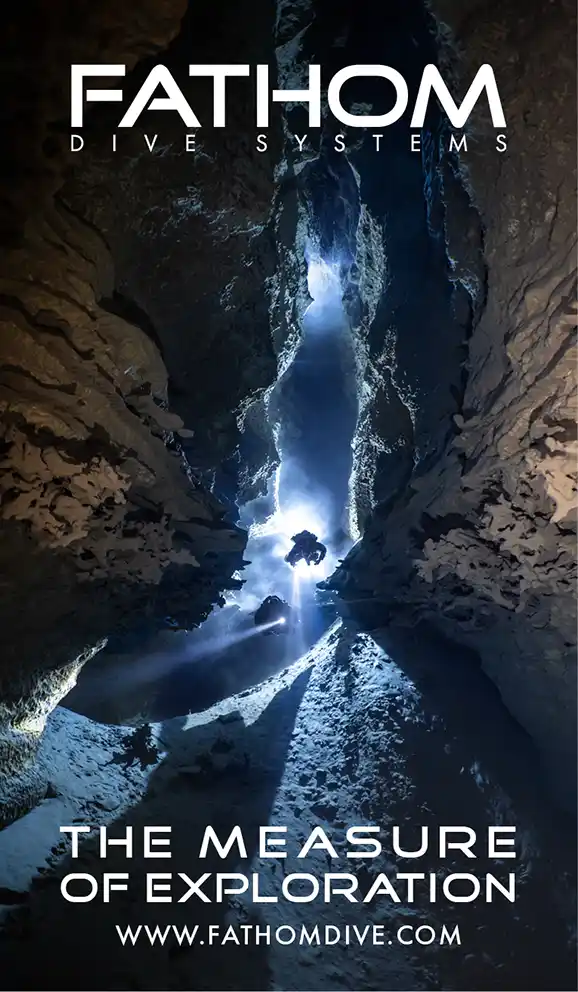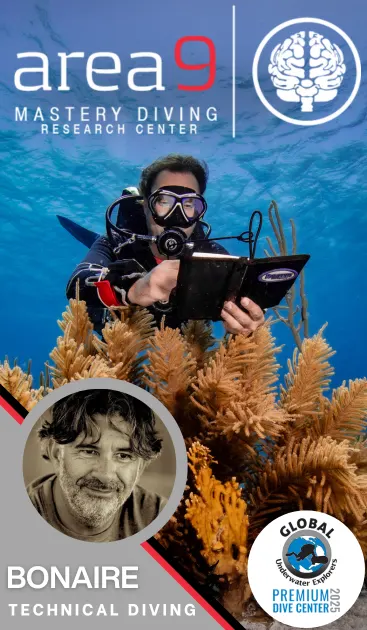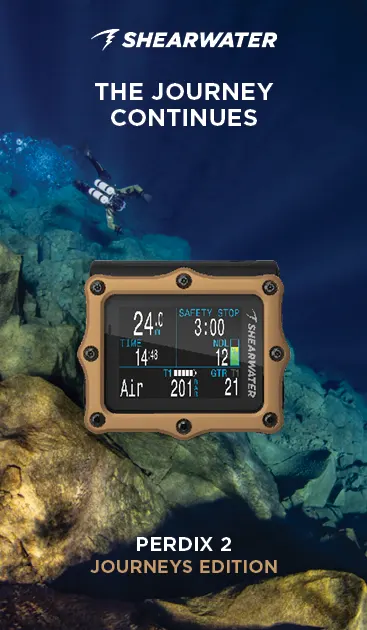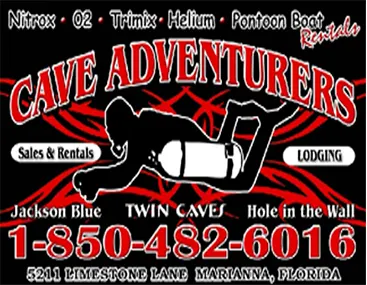Technology
Building and Diving a Dual JJ-CCR
by Andrew Oakeley. Photos courtesy of the author unless noted.

Dual Rebreather Project
The Dual JJ project is an exercise I embarked upon back in October 2021 with the intention of diving the HMAS Derwent off Perth, Western Australia in 200 m/656 ft of water.
I had recently been diving around Christmas Island at depths of up to 150 m/492 ft, and made the decision that 150 m was about my personal limit for open circuit bailout, especially in the ocean where you can’t stage gas.
With the realization that I needed to move to a dual closed circuit rebreather (CCR) configuration of some sort, I embarked upon a research exercise to determine exactly what that configuration should be. The available options seemed to fall into a few categories—bearing in mind that my primary unit was a JJ-CCR, so building something around this was my starting point—but I considered all the following options:
- JJ-CCR with sidemount bailout CCR
- JJ-CCR with chestmount bailout CCR
- Do away with the JJ-CCR and move to a dual Meg (as I had friends diving this configuration)
- Do away with the JJ-CCR and move to a dual sidemount configuration
- Build a dual JJ-CCR
Endeavouring not to re-invent the wheel, I consulted Craig Challen and Richard Harris who had both been diving their dual Megs to beyond 200 m for around 10 years. Both of them were strongly of the view that, whatever solution I chose, having a dual loop DSV/BOV was an essential part of a dual CCR.
They both expressed that part of diving a dual CCR is ensuring that you change loops on a regular basis, especially on descent, to ensure that the second loop is breathable. Without some mechanism to easily switch between the loops, you are at risk of either (a) not doing your drills or (b) flooding a loop in the changeover process.
In situations where you may be task loaded, descending to a wreck, or in current, you also do not have the opportunity to stop scootering to perform a loop switch with two hands without losing the decent line.

After due consideration and trying out some other dual configurations with the JJ-CCR in a pool (JJ plus chest or sidemount), I settled on building a dual JJ-CCR with a dual bailout BOV. We quickly coined the name for this to be the “QJ”— Dual JJ = Quad J = QJ. Having 2 identical systems, and everything on my back, seemed to be the best configuration for the type of diving I wanted to do.
I was aware that a few other people had tried to build a dual JJ-CCR configuration, but I was unable to find someone successfully diving one. It seemed people complained of bad work of breathing due to two sets of counter-lungs and the wing all being compressed into the same space. The technicalities of how I resolved this are out of the scope of this article, but the short version is that I split one pair of lungs down the middle (to make them wider and sit offset from the other pair) and added an inch of extra space between the cans and the backplate. This resulted in the work of breathing being indistinguishable between the two loops. And the dual JJ was born.

Unfortunately, I never got to use the QJ to dive the HMAS Derwent due to strong currents on the days we tried, and then COVID… So, when Craig suggested I come along for a trip to China for some potential +200 m dives, I jumped at the opportunity.
Sheng-loong Sinkhole
Roll on to 2024, and I have now had the QJ for 3 years, and it still had not been past 150 m. I had maintained a degree of currency in diving over the years, but this trip would be the first time it had been used in anger (so to speak). There were definitely a few learning moments along the way.
The Cons:
- It is heavy and, after 8 hours of deco, my back is killing me.
- Staying ‘in trim’ is not really possible; it wants to sit on a 30 degree angle and, apart from when you are actually finning or scootering forwards, there is no point trying to fight that.
The Pros:
- It is a fantastic tool for deep dives.
- Work of breathing on both loops at depth is good.
- Switching between loops is easy.
- Having two identical rebreathers to look after both above and underwater is as easy as looking after two rebreathers could be.
At Sheng-loong sinkhole, I completed three dives below 200 m and (apart from the sore back) the unit performed as designed. Managing four volumes of gas (wing, two loops, and drysuit) on ascent has its challenges, but this would be the same with any dual CCR configuration.
While the dual loop BOV does present a single point of failure (one cable tie holding on a mouthpiece!), I would not like to go back to 2 independent loops. I have been through some mental gymnastics on this a few times. However, the ease at which you can switch between loops (and, if necessary, to bail out) is fantastic. On descent, I switched to the backup loop every 20 m/65 ft and breathed some diluent around the loop to prevent the PPO2 spiking in the backup head; on ascent, I just let the expanding gas vent out of the drysuit OPV (which I added to the second loop counterlung instead of the regular dump valve). I would occasionally switch to the second loop during deco stops just to ensure it was still functioning.
Diving a dual rebreather is a high workload dive; you are constantly either adding or removing gas from something or just checking to ensure everything on both loops is okay. It does, however, give you freedom to relatively easily complete dives that would otherwise be logistically difficult or downright impossible.
I am looking forward to more opportunities to use this unit.
Personal Experiences Diving Below 200 m
Diving below 200 m is both hugely different yet not very different to diving to 100 m. I know this sounds like a contradiction, but it is true. Diving a dual CCR to either depth, you are essentially entirely reliant on yourself and your equipment. A total failure of the dual CCR is unlikely, but a failure of the diver to deal with a situation correctly at either depth could be fatal. So, to some degree, if you can dive to 100 m, you can dive to 200 m or 250 m/820 ft: it is just a matter of planning and mental preparedness. I was not really any more apprehensive about completing my first 200 m dive than I was the 120 m warmup dive I did a few days earlier. I felt that if the equipment was going to work at 120 m, it was going to work at 200 m.
There are two aspects of diving beyond 200 m that I found to be definitely noteworthy though—apart from it just being a bloody long way down and back up again—and I will address each separately.
The first notable aspect is the prevalence of HPNS. I experienced HPNS symptoms on all dives: mildly on two dives and moderately to severely on one dive. A decent rate of around 22 m/72 ft per minute seems to be my sweet spot; faster than that, the HPNS shakes become quite severe. I experienced severe shakes on one of the dives when we paused for Charlie at about 100 m while he fiddled with an inflator, and then rocketed to the bottom to catch up to our schedule. From about 180 m onwards, reaching for inflators and other components took considerable concentration: my hands were shaking about a centimeter each way. It was not debilitating, but certainly annoying, and it would not have been possible to execute any tasks that required fine motor skills. So, descent rate for me is definitely key.
The second notable aspect is just how much you need to think about the actual dive and what passes the “sniff test” so far as your dive plan goes. Just because you can plan something does not mean you should dive it. The same does actually apply for shallower dives, but the differences become more pronounced at these depths and the consequences of getting it wrong are more severe. I imagine this is going to be quite contentious and probably best argued over a few hours in a pub, but nonetheless I am going to try and explain what I mean.

For example, let’s look at two hypothetical dives
Dive 1:
200 m, 9.5 min, descent 22 m/min, ascent 15 m/ 50 ft/min, GF 75/75, Tx 5/90, SP=1.3, last stop 3 m/10 ft. Result: First stop 69 m and out of the water in 3.4 hours
Dive 2:
240 m/787 ft, 15 min, descent 22 m/min, ascent 15 m/min, GF 85/90, Tx 5/90, SP=1.3, last stop 3 m. Result: First stop 108 m/354 ft and out of the water in 7.3 hours
Both of these profiles were produced using common planning software and the ZHL16-C algorithm.
The first dive is shallower and uses a more conservative GF, yet it is not a profile/plan I would feel comfortable diving. Whereas the second one with more aggressive GFs seems very reasonable (and the profile I used on my 240 m dive).
Why does the first one “feel wrong?” For me, it is how shallow the first stop is compared to the depth of the dive (34% of total depth), and being out of the water so quickly for such a deep dive. Whereas the second dive with the first stop at 45% of total depth and a runtime of 7.3 hours “feels” more normal.
Is this a normalization of deviance? Probably.
Did I get bent diving GF 85/90 beyond 200 m three times in seven days? No.
Does this mean I am right, or did I get lucky? I guess time will tell.
My takeaway from this was that one should not say “I dive GF X/Y” but instead should say “I use different GFs depending on what my dive is to create a safe profile that makes sense to me and those I dive with.”
Final note: Big Blue dive lights, whilst inexpensive, seem to work down to 240 m just fine 🙂
Return to Deep in Sheng-loong Sink
DIVE DEEPER
InDEPTH: When Easy Doesn’t Do It: Dual Rebreathers in Extended-Range Cave Diving by Tim Blömeke
InDEPTH: Variable Gradient Model: An Approach To Create More Efficient Decompressions by Kevin Gurr

Andrew is an IT Consultant with 10 years of experience in technical diving.He is passionate about encouraging people to further their technical diving skills and is a driving force behind many Western Australian and overseas diving projects. A founding member of the Wrecksploration dive team, he enjoys diving in the ocean as well as in caves. Andrew built a dual JJ-CCR for dives below 250 m and used it for his dives in Shen-loong Sinkhole.






